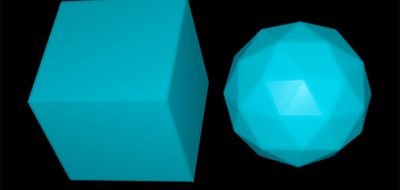With the offical release of Blender 2.65 which inclused support for OSL, Open Shader Language, François Gastaldo wrote an Ambient Occlusion Shader for Blender that would work more inline with how typical Ambient Occlusion shaders work in other 3D Applications.
Just because I need one, and also because the AO node in Blender is a little too light, I’ve made today an Ambient Occlusion Shader with OSL
Open Shading Language (OSL) is an open source language originally created by Sony Pictures ImageWorks for programmable shading in rendering engines and applications for describing materials, lights, displacement, and pattern generation -the obvious benefit for OSL is a ubiquitous, application agnostic, platform agnostic, and rendering agnostic method for shading.
François Gastaldo’s can be downloaded from his site here, and check out his post describing a bit on its use.


